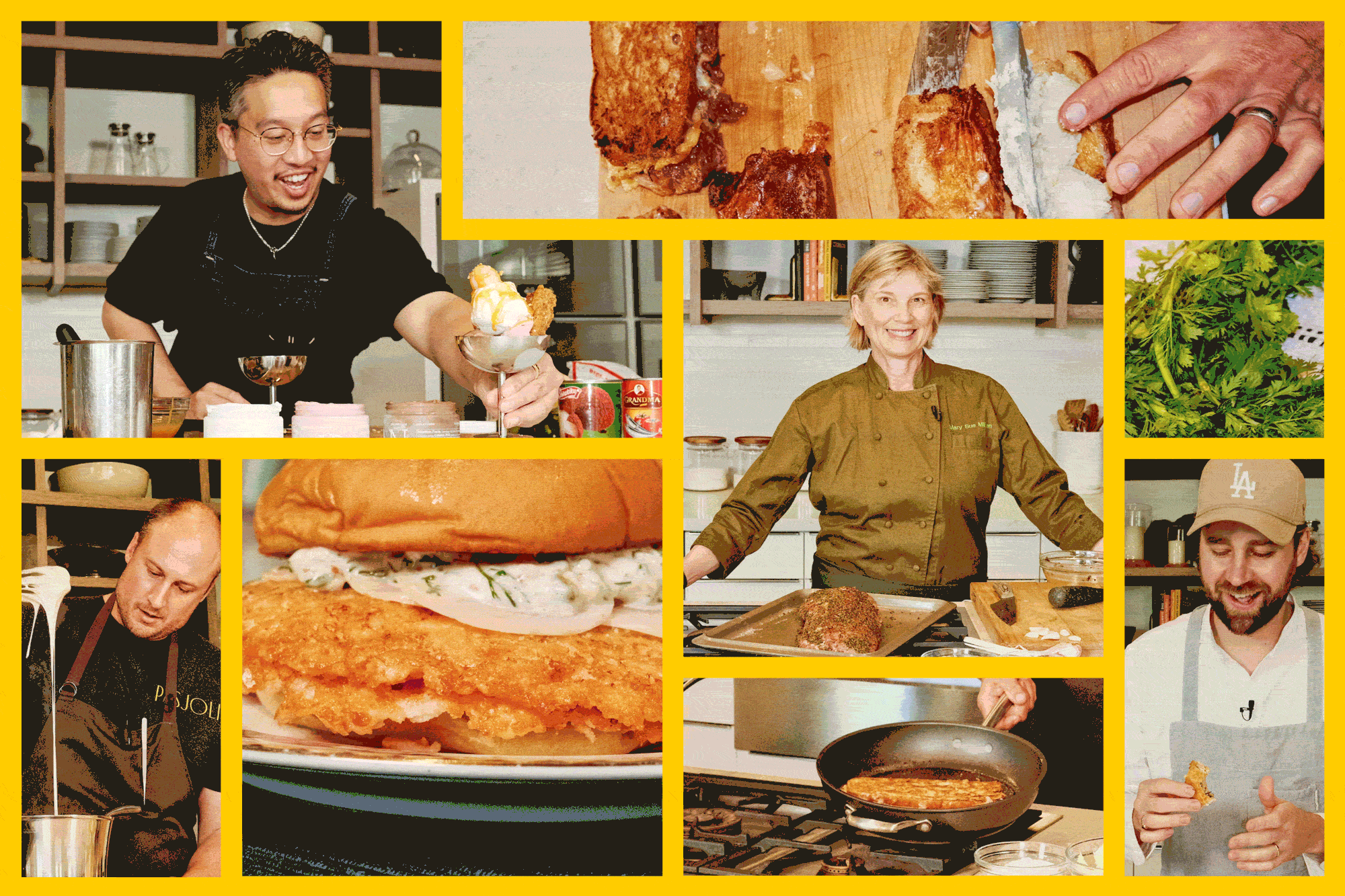A fresh take on the frittata: Master Class
It started out an ordinary enough morning. I was on vacation in London with Ruth Reichl and two other girlfriends, and naturally we’d planned our day around where we wanted to eat. For breakfast, we went to the Toe Path Cafe, an adorable little place I’d read about, and I did what I always do when I go out for breakfast: I scanned the menu for eggs. When I saw a frittata, I ordered it, having no idea that it was going to be nothing short of life-altering. Life-altering in terms of my egg-making and egg-eating life, anyway.
I love eggs. With the exception of eggs that have been boiled so long they have a gray rim around the yolk and the terrible, recently popular, slimy 90-degree egg, which I hope never to have to see again, I love eggs almost any way they’re cooked. I love properly hard-cooked eggs. I love fried eggs. I love poached eggs and soft scrambled eggs. And I love the French tradition of an omelet and salad for dinner.
Being the Italophile that I am, I wanted to love frittatas, but they were one of my least-favorite egg preparations, along with the Spanish tortilla. The way I’d always had both egg dishes, they were so thick that, to ensure cooking them all the way through, you had to cook them in an oven until they were dry and spongy. I ordered the frittata that day at the restaurant because it was the only egg on the menu, and I’m sure glad I did.
When the server put it down, my immediate reaction was: These are the most beautiful eggs I’ve ever seen. We all looked at it and then looked up at one another in awe. It defied all of our frittata expectations. First of all, it was not a slice, but a whole, round thing that covered the entire plate. The toppings were scattered beautifully over the surface, so it was like my pizzas, only with eggs in place of crust. And it was thin, so the eggs were cooked like perfectly soft-scrambled eggs, only flat. In that sense, it was like an omelet that hadn’t been folded.
It was a complete reinvention of the form, or so I thought. What I didn’t know is that this might be similar to the original frittata, which, deriving from the word “friggere,” was cooked on the stove top in a skillet. Since reinventing is what I do best, I was a little disappointed that I hadn’t thought of this method of cooking eggs myself, but I was also excited to have a new way of looking at one of my favorite foods.
This summer, at my house in Italy, where I do the majority of my home cooking (here in Los Angeles when I am not working, I’m either trying new restaurants or visiting favorite standbys), I got to work on “my” new frittata concept. Just as with pizza crust and mozzarella — both of which are neutral bases — the possibilities for the eggs seemed almost endless. I played with topping combinations, serving the them to friends and houseguests one at a time, the way you do with pancakes when you have little kids.
And when all my guests had gone home and I had the rare week in my house alone, I made frittatas for dinner, for myself. Whether I’d copied someone else’s idea or revived the old Italian way of cooking eggs, I didn’t know. But where eggs for dinner can feel as if you’ve just thrown something together to satisfy your hunger, as I sat outside at the table of my little stone house, listening to the sounds of the villagers walking into town and the chiming of the bells, with this beautiful plate-size creation, an arugula salad and a glass of wine, in front of me, I felt as if I had thrown a dinner party for one.
More to Read
Eat your way across L.A.
Get our weekly Tasting Notes newsletter for reviews, news and more.
You may occasionally receive promotional content from the Los Angeles Times.










